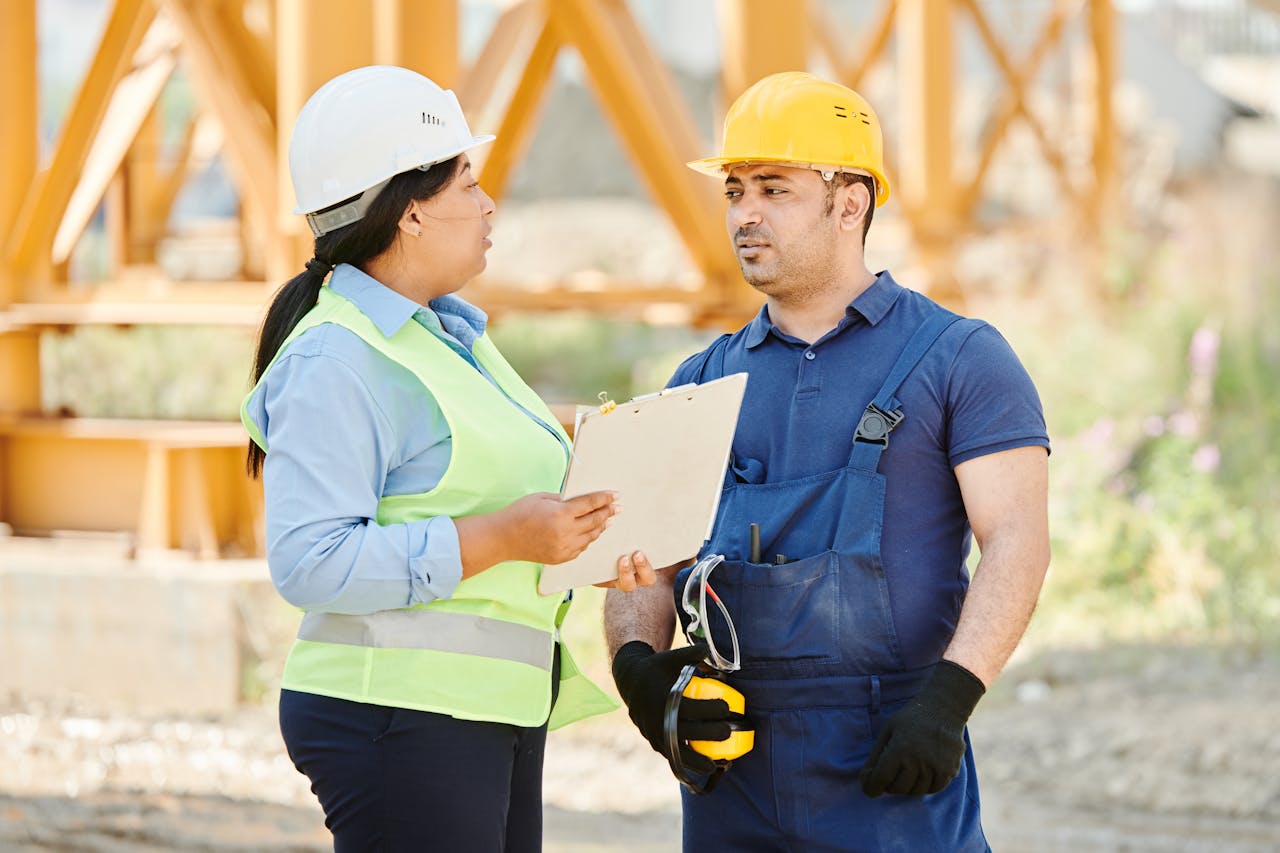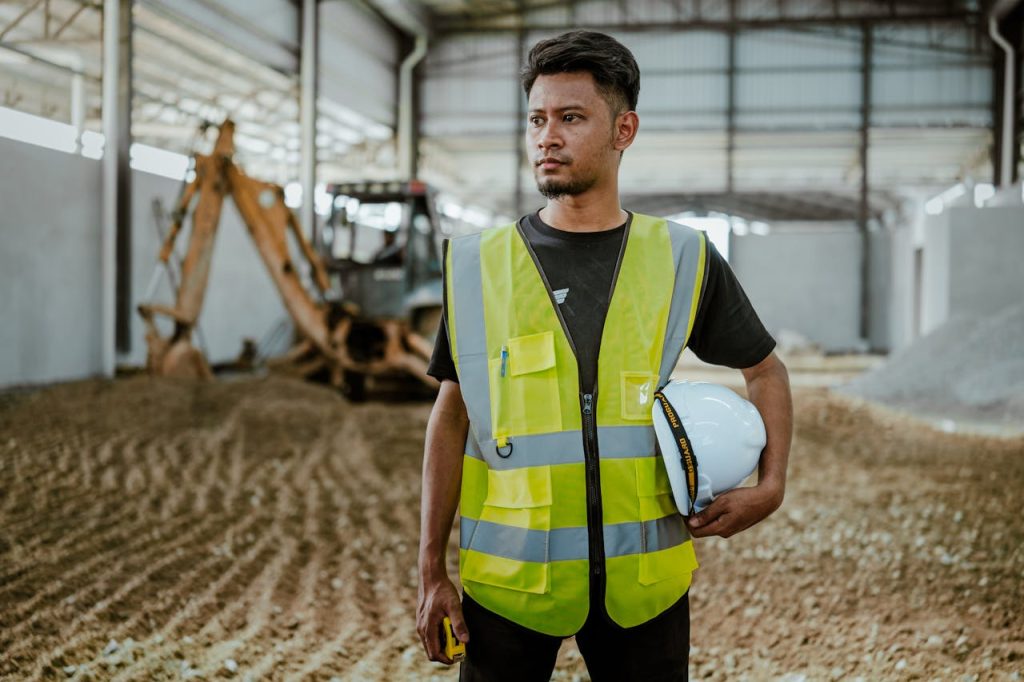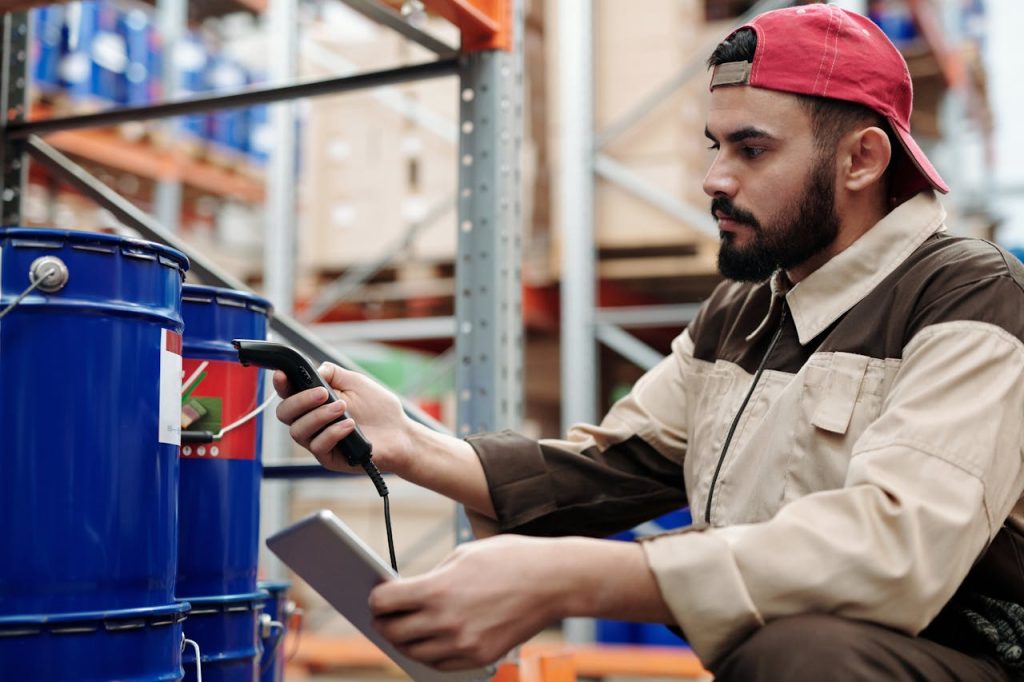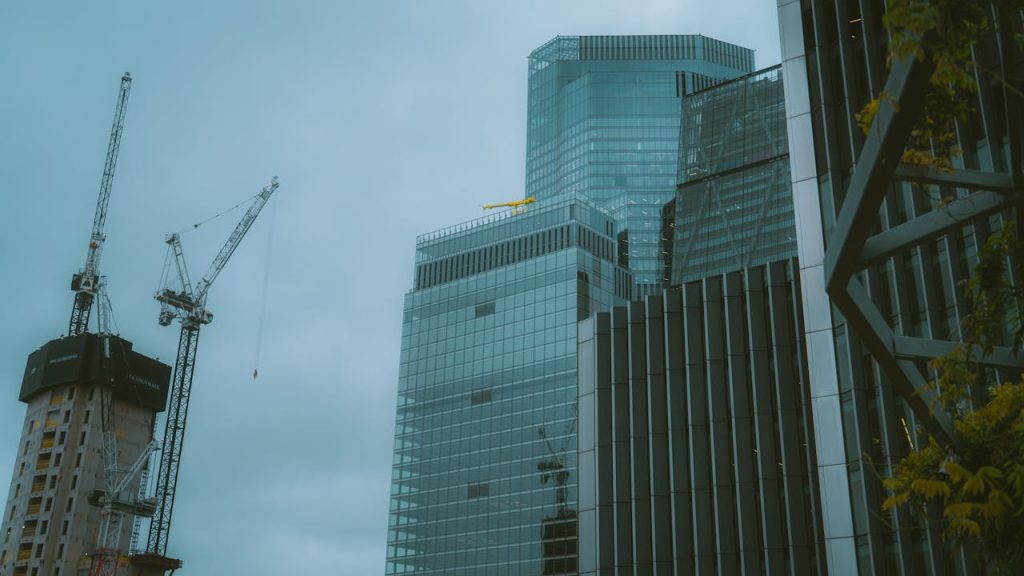In sectors where hazards loom large, prioritising workplace safety isn’t just a box-ticking exercise – it’s a lifeline. A well-defined safety culture transforms how teams perceive risk, turning compliance into collective responsibility. When everyone shares this mindset, organisations see fewer incidents, smoother operations, and teams that thrive.
What makes this approach so vital? It’s about more than rules on paper. Robust frameworks empower staff to flag concerns without hesitation, fostering environments where learning from near-misses becomes routine. This proactive stance doesn’t just protect people – it shields productivity too. Studies show companies with mature safety practices experience 30% fewer disruptions than their peers.
Leadership sets the tone here. When managers champion transparency and equip teams with proper training, trust flourishes. Clear policies become tools for empowerment, not constraints. The result? Workforces that take genuine pride in safeguarding their colleagues and workspaces.
Key Takeaways
- Proactive safety measures reduce incident rates by fostering accountability
- Effective leadership directly influences team engagement with risk protocols
- Open communication channels help identify hazards before they escalate
- Continuous training maintains awareness in evolving work environments
- Operational continuity improves when safety becomes embedded in daily practices
For those seeking actionable strategies, our insights from high-risk sectors offer real-world examples of turning theory into practice. Let’s explore how to make safety second nature across your organisation.

Understanding Safety Culture in High-Risk Industries
At its core, safety culture reflects how teams collectively prioritise well-being over shortcuts. It’s the unwritten rules that guide daily decisions – like reporting a wobbly ladder instead of ignoring it. Recent incidents in manufacturing plants, where ignored equipment faults led to injuries, highlight why this mindset matters.
Defining Safety Culture and Its Relevance
The Health and Safety Executive describes it as “shared attitudes shaping safety behaviours”. In oil rigs or construction sites, this translates to crews double-checking gear without being told. When trust replaces blame, teams spot potential hazards faster. A 2023 refinery fire could’ve been avoided if workers felt empowered to voice concerns about leaking valves.
Common Workplace Safety Issues and Hazards
Cluttered walkways, faulty machinery, or poor ventilation – these work environment flaws create preventable risks. Construction crews face falls from heights, while manufacturing staff grapple with repetitive strain injuries. Left unchecked, such issues snowball into accidents or chronic health problems.
| Industry | Top Hazards | Impact | Prevention Tactics |
|---|---|---|---|
| Oil & Gas | Chemical exposure | Respiratory issues | Regular air quality checks |
| Construction | Falling objects | Head injuries | Mandatory hard hat zones |
| Manufacturing | Machine entanglement | Limb fractures | Guarded equipment protocols |
Absenteeism often spikes when safety concerns linger. Workers facing constant noise pollution without ear protection develop hearing loss over time. That’s why blending policy with practice works best – like pairing safety manuals with monthly hazard hunts.
The Importance of Leadership and Employee Involvement
True safety transformation occurs when leaders and workers unite around shared goals. Without genuine leadership commitment and active employee participation, even the best policies gather dust. It’s this partnership that turns protocols into daily habits, creating workplaces where vigilance feels natural rather than forced.
Leadership Commitment and Leading by Example
When managers consistently prioritise safety gear or participate in hazard drills, teams notice. A construction firm’s CEO recently made headlines by personally conducting site audits – resulting in a 22% drop in near-misses within six months. This visible commitment cascades through hierarchies, encouraging supervisors to invest in training programmes rather than cutting corners.
Fostering Employee Engagement and Open Communication
Empowering employees starts with listening. One manufacturer introduced anonymous digital suggestion boxes, leading to a redesigned workstation that reduced repetitive strain injuries by 40%. Regular safety huddles and cross-departmental committees further break down silos, ensuring concerns reach decision-makers swiftly.
Two-way communication isn’t just about speaking – it’s about acting on feedback. For actionable strategies, explore our guide on practical tips for HSEQ leaders. When frontline insights shape policies, trust grows alongside safer outcomes.

How to Build a Strong Safety Culture in High-Risk Industries
Creating lasting change begins with aligning organisational goals with practical protections. We start by mapping out clear objectives through employee insights and risk assessments – think quarterly surveys paired with equipment audits. This dual approach uncovers hidden hazards while revealing staff concerns about workplace conditions.
Establishing a Clear Safety Vision and Strategy
North Sea oil platforms offer a prime example. After analysing incident reports and crew feedback, one operator redesigned its safety framework around three pillars: prevention, preparedness, and continuous learning. Within a year, near-misses dropped by 18% thanks to real-time hazard logging systems.
Implementing Comprehensive Safety Training
Regular drills transform theory into muscle memory. Australian mining companies now use virtual reality simulations for emergency scenarios – workers practice evacuations in digital replicas of their actual sites. These immersive training sessions boosted response speeds by 37% during recent audits.
Updates matter too. When solar farm technicians faced new battery storage risks, revised modules covered thermal runaway prevention within weeks. This agility keeps safety culture relevant as technologies evolve.
- Align safety objectives with operational KPIs through stakeholder workshops
- Rotate drill scenarios to cover seasonal risks like extreme heat or storms
- Integrate near-miss data into quarterly curriculum reviews
Developing Robust Safety Policies and Practices
Crafting effective safety policies starts with shifting from reaction to prevention. We design frameworks that empower teams to spot risks before they escalate, blending regulatory compliance with genuine accountability. This approach transforms checklists into living documents that adapt to real-world challenges.
Designing Proactive Safety Programmes
Successful policies map responsibility across all levels. A UK construction firm reduced incidents by 40% after assigning clear safety roles – from site managers inspecting scaffolding to labourers reporting loose debris. Their secret? Monthly cross-departmental reviews that turn near-misses into learning opportunities.
Proactive measures thrive when practices become part of daily routines. Consider these steps:
- Embed safety metrics into performance reviews at every tier
- Create quick-report channels for hazards via mobile apps
- Reward teams that identify potential risks during audits
One chemical plant’s ‘buddy system’ shows how employee ownership strengthens standards. Partners now conduct pre-shift equipment checks together, catching 63% more faults than previous solo inspections. This collaborative culture makes safety everyone’s business, not just the company’s obligation.
Ultimately, robust policies bridge the gap between boardroom intentions and workplace reality. When teams see their input shaping protocols, vigilance becomes second nature – the hallmark of truly resilient organisations.
Innovative Strategies for Worker Training and Hazard Management
Revolutionising safety protocols starts with equipping teams through immersive learning and smart technology. When workers experience risks firsthand in controlled settings, they develop sharper instincts for real-world challenges. This approach turns abstract concepts into tangible skills that stick.
Practical Safety Training Methods and Hands-on Workshops
Interactive simulations have transformed how teams grasp hazards. A German automotive plant reduced machinery incidents by 52% after introducing VR scenarios where staff navigate malfunctioning equipment. These sessions let people practice shutdown procedures without actual danger.
Hands-on workshops take this further. During monthly sessions, construction crews disassemble tools to identify wear patterns signalling potential failures. One team spotted frayed harness cables during a mock inspection, preventing a fall risk. Gamification also works – quizzes with instant feedback make training engaging rather than tedious.
Utilising Safety Tools and Reporting Systems
Modern tools bridge the gap between spotting issues and solving them. Mobile apps now allow instant photo reporting of workplace hazards – no paperwork delays. A Canadian mining company slashed response times by 40% using this system, with supervisors receiving alerts directly on their devices.
Regular meetings keep safety front of mind. Daily toolbox talks at a Texas oil refinery helped crews address 63% more concerns before shifts began. These 10-minute huddles foster collaboration, turning individual observations into collective solutions.
By blending tactile learning with digital agility, organisations create environments where vigilance becomes second nature. It’s not just about teaching rules – it’s about building instincts that protect people every step of the way.

Continuous Improvement: Feedback, Accountability and Evaluation
Maintaining workplace safety requires constant refinement, not set-and-forget policies. Organisations that thrive treat safety as a living system, evolving through regular check-ins and employee insights. This approach catches emerging risks before they escalate into incidents.
Regular Safety Audits and Data-Driven Improvements
Quarterly audits help spot patterns others miss. A logistics company reduced forklift-related injuries by 45% after discovering worn brake pads during routine checks. Cross-functional teams now review findings monthly, prioritising fixes based on risk levels.
Effective feedback systems give everyone a voice. Mobile apps and suggestion boards let workers report concerns in real time. One manufacturer saw a 30% drop in machinery issues after implementing instant reporting tools. Managers then analyse trends to update training programmes.
Accountability keeps progress on track. Supervisors at a chemical plant now own safety action plans, with 90-day targets visible to all staff. This transparency led to faster hazard resolutions – electrical faults get fixed 67% quicker than before.
Data tells compelling stories. After introducing wearable tech tracking posture, a construction firm cut back injuries by 52% in six months. Regular evaluation helps adapt measures as work environments change, ensuring protections match new challenges.
Continuous improvement isn’t about perfection – it’s about building resilience through learning. When teams see their input driving change, vigilance becomes second nature across all operations.
Conclusion
Prioritising well-being in dangerous sectors requires more than policies – it demands collective action. When leadership commitment meets employee ownership, organisations create safety cultures that outlast individual initiatives. Our journey through risk management shows measurable results: teams with regular training experience 40% fewer injuries, while companies using real-time hazard reporting resolve issues 67% faster.
Success hinges on three pillars. Leaders must model safe practices daily, not just during audits. Frontline workers need accessible channels to voice safety concerns without fear. And every policy should evolve through data from near-misses and workplace feedback loops.
Consider the energy firm that slashed incidents by half through VR simulations, or the manufacturer that redesigned workflows based on staff suggestions. These examples prove culture shifts happen when people at all levels share responsibility.
Let’s make vigilance our default setting. Whether through toolbox talks or tech-driven tools, every action reinforces protection as a core value. Ready to strengthen your approach? Partner with safety specialists to audit current practices and build resilience tailored to your industry’s unique challenges.



